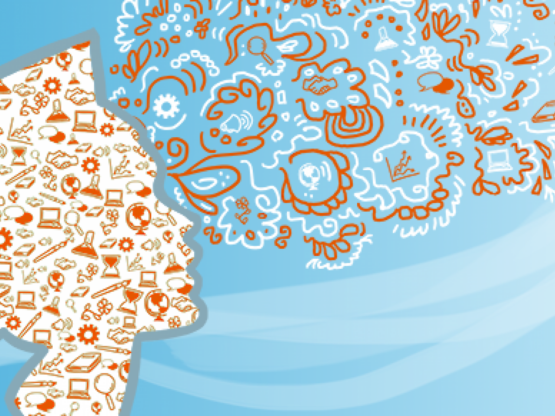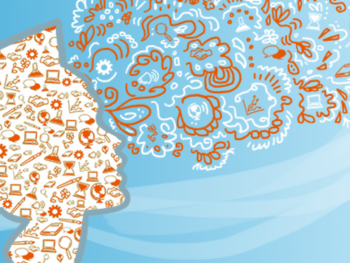
Envisioning the Graduate of the Future
Learn how schools have benefited from a graduate profile development process and begin the process yourself.

About This Course
Communities have always wrestled with the multiple purposes of education: to train young people for careers, vocations, and college; to prepare them for their roles as citizens; to develop habits of reflective, ethical adults; and to create a common experience in a pluralistic society while meeting the needs of individual learners. As the world changes and grows more complex, returning to these important questions of purpose can help guide schools in their growth and strategic change. To ensure our schools are effective, we need to routinely reimagine what the high school graduate of the future will need to know and be able to do. The artifact that communicates these ideas is called a graduate profile. Making explicit the capabilities, competencies, knowledge, and attitudes for secondary school graduates, and inviting key stakeholders like students and community members to be engaged in the process, can help you and your school to focus your vision of success and drive school innovation efforts. Instructor Justin Reich and the course team from the MIT Teaching Systems Lab look forward to guiding teachers, administrators, community members, and others passionate about improving secondary school in the process of designing a graduate profile. Over four weeks, you will reflect on the purpose and goals of secondary school, as well as desirable characteristics for graduates. You’ll learn how schools have benefited from a graduate profile development process and begin the process yourself. You’ll learn more about your own context, its values and beliefs. You’ll leave the course with a shareable artifact that communicates a vision of a multi-faceted secondary school graduate.
Course Overview
Part 1: Reflecting on High School Inspired by voices from MIT and secondary schools, learners will reflect on what they feel is the purpose of secondary school. They will make a plan to gather information about what others in their community feel is the purpose of secondary school and what graduates should know and be able to do. They will understand why the graduate profile is a useful tool for reflection and communication. Part 2: The Graduate Profile Process Learners will gain familiarity with the process of developing a graduate profile. They will take some initial steps in the process and make a plan for future steps
What You'll Learn
Course Resources
Course Videos
Learn how schools have benefited from a graduate profile development process and begin the process yourself.
How do we prepare K-12 students and learning communities to be as successful as possible? Come explore these questions and more in Design Thinking for Leading and Learning.
An Overview Of Competency-Based Education In Schools: Presenting Ideas, Inspiration, Strategies, And Challenges.






